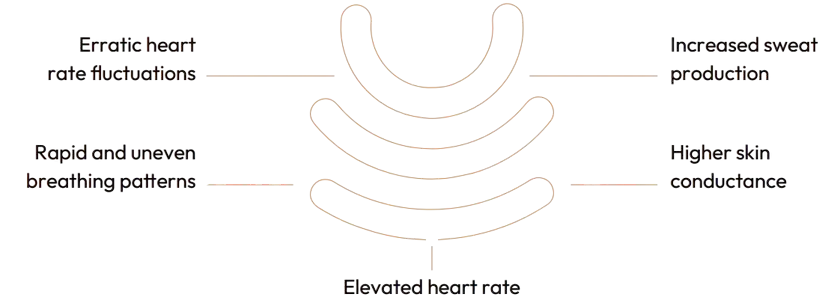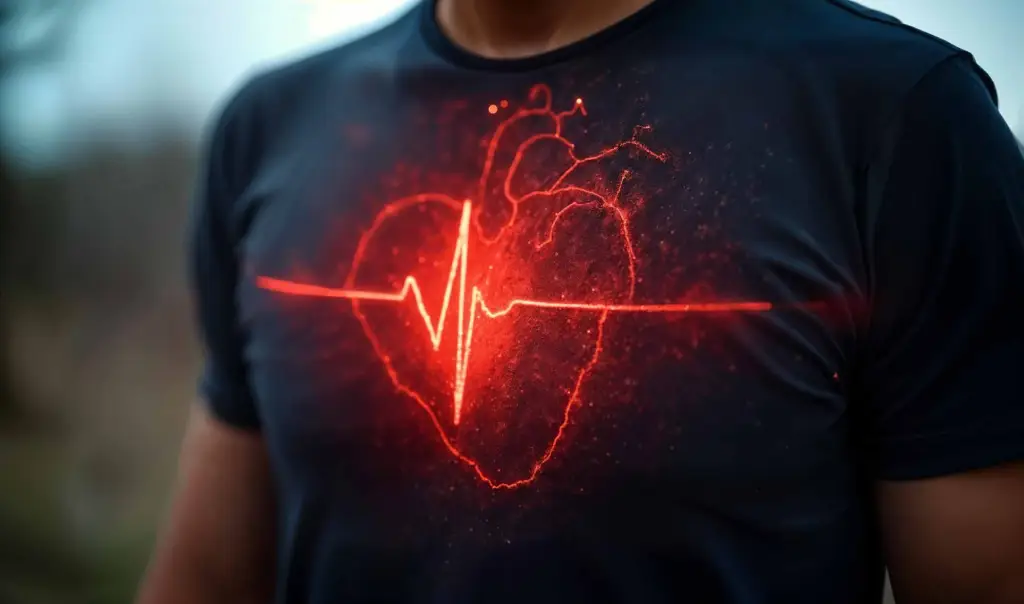Biofeedback-assisted training involves learning various
mental and physical coping techniques proven to manage
stress effectively. These techniques include deep abdominal breathing, progressive muscle relaxation,
positive self-talk, visual-motor rehearsal, goal setting, and problem-solving. Initially, participants practice these
methods with the assistance of biofeedback tools. As they
become proficient, they can apply these skills in increasingly stressful situations, both simulated and real, first with biofeedback and later without it.








